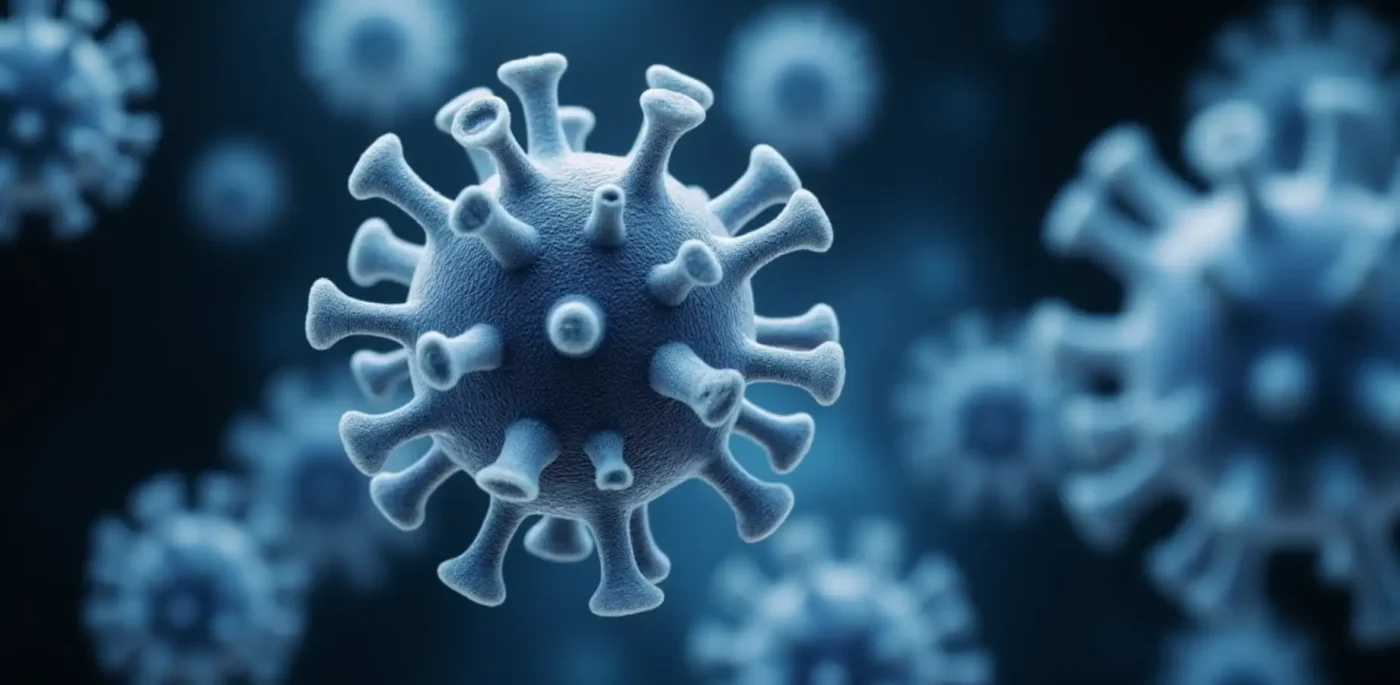Singapore is grappling with a notable surge in Covid-19 cases, with authorities reporting an estimated 14,200 infections in the week of April 27 to May 3, up from 11,100 the previous week. While the rise has led to increased hospitalizations, officials from the Ministry of Health (MOH) and the Communicable Diseases Agency (CDA) have emphasized that the healthcare system remains equipped to manage the situation. As the city-state navigates the realities of Covid-19 as an endemic disease, questions linger about the factors driving this uptick and the long-term strategies needed to protect vulnerable populations.
Sharp Increase in Cases and Hospitalizations
The latest figures mark a significant jump of nearly 28% in weekly Covid-19 cases, reflecting a trend that has caught the attention of health authorities. Alongside the rise in infections, hospitalizations have also increased, climbing from 102 to 133 over the same period, according to a joint statement released by MOH and CDA on May 13. However, there is a silver lining: the average number of patients requiring intensive care has slightly decreased, dropping from three to two per day. This suggests that while more people are falling ill, the severity of cases may not be escalating at the same rate.
“The hospitals are currently able to manage the increase in cases” said a spokesperson for MOH and CDA in the statement, underscoring the resilience of Singapore’s healthcare infrastructure. The authorities also noted that periodic waves of Covid-19 are expected, much like seasonal spikes in other endemic respiratory illnesses such as influenza or dengue. This framing reflects a broader shift in public health policy, treating Covid-19 as a permanent fixture in the community rather than a transient crisis.
Health Minister Ong Ye Kung reinforced this perspective in a Facebook post on May 13, stating, “The key thing is that our healthcare system is able to manage the increase in cases.” His comments aim to reassure the public that while vigilance is necessary, there is no immediate cause for alarm.
Variants and Possible Causes of the Surge
Despite the rise in numbers, there is currently no evidence to suggest that the variants circulating in Singapore are more transmissible or cause more severe illness compared to previous strains. The dominant variants, LF.7 and NB.1.8, account for over two-thirds of local cases and are both descendants of the JN.1 variant. Notably, these variants are covered by the updated vaccines from Pfizer-BioNTech/Comirnaty, Moderna/Spikevax, and Novavax, which could play a critical role in mitigating the impact of the surge if uptake remains high.
The exact reasons behind the increase remain unclear, though health officials have pointed to several potential factors. Waning immunity among the population is one likely contributor, as the protective effects of prior vaccinations or infections diminish over time. Other influences, such as changes in social behavior or seasonal patterns, may also be at play, though further analysis is needed to confirm these hypotheses. For now, the lack of definitive data underscores the complexity of managing an endemic disease in a densely populated urban hub like Singapore.
Vaccination Push for Vulnerable Groups
In response to the uptick, authorities are urging at-risk groups to stay up to date with their Covid-19 vaccinations. This includes individuals aged 60 and above, those with medical vulnerabilities, and residents of eldercare facilities, who are encouraged to receive an additional dose approximately one year after their last shot. Healthcare workers and people living with medically vulnerable individuals are also advised to get boosted if they haven’t done so recently.
For the broader population, vaccination remains voluntary for anyone aged six months and older. The shots are accessible at Healthier SG general practitioner clinics and polyclinics across the city-state, ensuring widespread availability. This targeted approach reflects Singapore’s strategy of prioritizing protection for those most likely to experience severe outcomes while maintaining a flexible policy for the general public.
The emphasis on vaccination comes as a reminder of the critical role immunization plays in managing endemic diseases. While Covid-19 may no longer dominate global headlines, its impact on vulnerable communities remains a pressing concern, particularly in aging societies like Singapore where a significant portion of the population falls into high-risk categories.
Public Health Measures and Personal Responsibility
Beyond vaccination, the authorities have reiterated the importance of precautionary measures to curb the spread of the virus. Simple steps such as maintaining good personal hygiene, covering one’s nose and mouth when coughing or sneezing, and reducing social interactions when unwell are strongly encouraged. Individuals exhibiting symptoms like a runny nose, sore throat, headache, or fever are advised to wear masks to protect others.
These guidelines align with broader efforts to foster a culture of personal responsibility in managing public health risks. In a city as interconnected as Singapore, where public transport and communal spaces are integral to daily life, such measures are vital to preventing localized outbreaks from escalating into larger waves. The advice also serves as a reminder that while Covid-19 may be endemic, its management requires ongoing vigilance from both individuals and the state.
Navigating the Endemic Era
The current surge in cases highlights the challenges of living with Covid-19 as an endemic disease. Unlike the early days of the pandemic, when strict lockdowns and border closures were the norm, Singapore’s approach now focuses on balance—maintaining normalcy while safeguarding public health. This shift is evident in the government’s messaging, which emphasizes resilience and adaptability over fear or restriction.
Yet, the rise in cases also raises broader questions about long-term strategies. How will Singapore ensure sustained vaccine uptake among at-risk groups? What measures can be implemented to address waning immunity without overburdening the healthcare system? And how can public awareness campaigns evolve to keep pace with a population that may be growing fatigued by repeated health alerts? These issues are not unique to Singapore but reflect global challenges in managing endemic diseases in the post-pandemic era.
Regional and Global Context
Singapore’s experience is not occurring in isolation. Across Southeast Asia, countries are contending with similar fluctuations in Covid-19 cases as they transition to treating the virus as endemic. In neighboring Malaysia and Thailand, periodic waves have also been reported, often tied to factors like holiday travel or seasonal weather patterns. While Singapore benefits from a robust healthcare system and high vaccination rates—over 90% of the population has received at least two doses, according to MOH data—other nations in the region face greater challenges due to resource constraints or lower immunization coverage.
Globally, the World Health Organization (WHO) continues to monitor Covid-19 trends, noting that while the virus no longer constitutes a public health emergency of international concern, it remains a significant cause of morbidity and mortality, particularly among vulnerable populations. Singapore’s proactive stance on vaccination and public health measures aligns with WHO recommendations, positioning the city-state as a model for managing endemic diseases in a high-density urban environment.
Looking Ahead
As Singapore navigates this latest wave of Covid-19 cases, the focus remains on protecting the vulnerable while maintaining the rhythms of daily life. The healthcare system’s ability to absorb the current increase offers reassurance, but the potential for future surges looms large. With variants continuing to evolve and immunity levels fluctuating, the path forward will require a delicate balance of medical intervention, public cooperation, and adaptive policy-making.
For now, the message from authorities is clear: stay vigilant, get vaccinated if eligible, and take personal precautions. As the city-state braces for the possibility of more waves throughout the year, the resilience of its people and systems will be tested once again. How Singapore responds could offer valuable lessons for the region and beyond in the ongoing journey of living with Covid-19.
















